As an engineer, it is your responsibility to choose a reliable RMC plant for your projects. This ensures consistent quality, accurate quantity, and the required strength of concrete without delays during casting. Selecting the right plant helps maintain the project schedule, avoids material wastage and guarantees durable, strong structures. In this blog, we will explore how to select the right RMC plant for your project, the key factors to consider, and the responsibilities you hold as an engineer when making this important choice.
How to Choose a Perfect RMC Plant for Your Project ?
An RMC (Ready Mix Concrete) plant is a specialized facility where concrete is produced by accurately mixing cement, aggregates, water, and additives under controlled conditions. This ready-to-use concrete is then transported to construction sites in transit mixers (TM), ensuring consistent quality, precise mix ratios, and faster construction work. RMC plants play a vital role in modern construction by providing high-quality concrete tailored to project requirements.
Also read,
AAC Blocks: A Comprehensive Guide to Benefits, and Sizes.
The Slump Test of Concrete for workability of concrete : A practical Procedures.
Why do we use PCC (plain cement concrete) in construction? 7 tips to know.
Understand Your Project Requirements :
Before purchasing concrete from an RMC (Ready-Mix Concrete) plant, it’s essential to first evaluate the specific requirements of your construction project. This includes determining :
- The total quantity of concrete needed for the site
- The grade of concrete based on structural requirements (e.g., M20, M25, M30 etc.)
- The quality standards and performance expectations for the concrete mix
Consider project location and site access
Evaluate RMC Plant Location and Logistics :
As a civil engineer, based on my career experience and industry insights, I’ve observed that most RMC (Ready-Mix Concrete) plants follow the mix design provided by the client. Along with the designed mix, they typically add certain admixtures to enhance workability and performance.
From my practical experience and discussions with industry experts, I’ve learned that ready-mix concrete remains usable until the initial setting process begins. Generally, concrete mixed at the plant can be effectively used within 3 hours of mixing. Beyond this time, it starts to set and loses its workability significantly. In most cases, concrete that is older than 3 hours becomes unsuitable for proper placement and compaction.
Therefore, it is crucial to consider the distance between the RMC plant and the construction site. Transit time plays a significant role in maintaining the quality of concrete. If the concrete takes too long to reach the site, it may start setting during transportation, affecting its workability and strength. Additionally, the availability of an adequate number of transit mixers is equally important to ensure a continuous supply of concrete and to avoid delays in construction work.
Proximity to construction site to avoid delays
Transit time’s impact on concrete quality
Availability of transit mixers and delivery schedule
Here are some key factors to consider when selecting a Ready-Mix Concrete (RMC) plant to ensure quality, reliability, and efficiency on your construction site:

Ensure the plant can meet your daily concrete volume requirements
Check for automated batching and mixing systems
Evaluate the quality of raw material storage like silos and aggregate bins
Confirm the availability of onsite labs and testing equipment (CTM, slump cone, curing tanks)

Check the frequency of material testing and accuracy of mix designs
Verify the ability to provide custom concrete mixes as per structural needs
Ensure the use of suitable additives and admixtures for specific performance requirements
Review references and past project experience of the RMC plant
Assess the reliability, punctuality, and service quality
Understand the complete cost breakdown including materials, delivery, and testing
Evaluate the balance between cost, quality, and after-sales support

Additional Tips :
Before purchasing or finalizing a Ready-Mix Concrete (RMC) supplier, it is essential to visit the RMC plant in person. This allows you to inspect the entire operation and witness how the batching process is carried out. Check the available batch sizes, the type and brand of cement used, and request a trial mix based on your project’s design mix to evaluate the quality of concrete produced.
Why You Should Visit an RMC Plant & Key Considerations for Concrete Sample and Testing
Meet with the plant’s management and quality control staff to discuss key aspects such as operational procedures, plant-to-site distance, required concrete quantity, quality expectations, specific concrete grades, slump requirements, type of cement, and any admixtures to be used.
Also, thoroughly inspect the machinery and equipment available at the plant for quality testing of both fresh concrete and raw materials like cement, sand, aggregates, and admixtures.
Follow us on : Pinterest Facebook
Read more,
Foundation in Construction: An Introduction to Their Purpose and Importance.
Excavation in Construction: A Comprehensive Guide to Its Process & Types.
Introduction to Civil Engineering: What It Is and Why It Matters.
What is a role of a PMC civil engineer in construction?

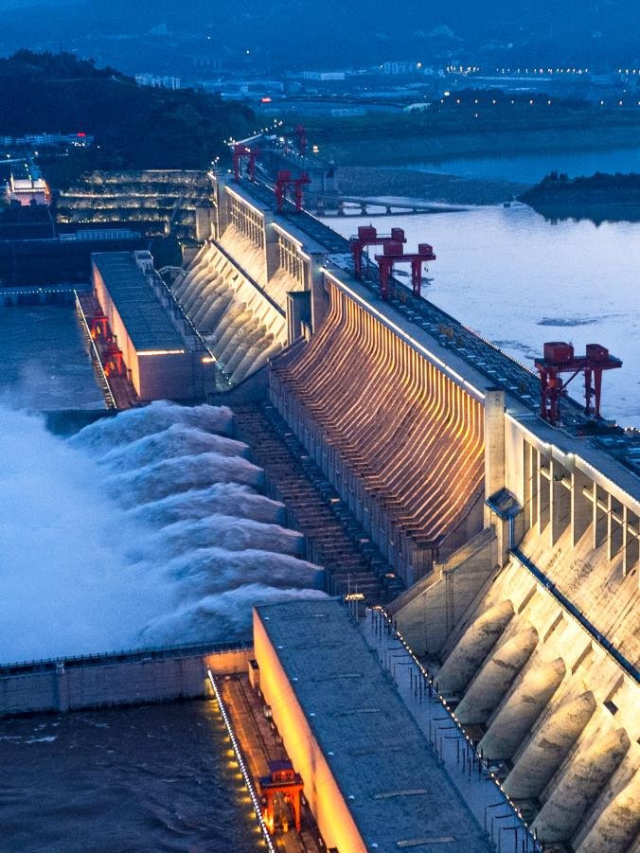
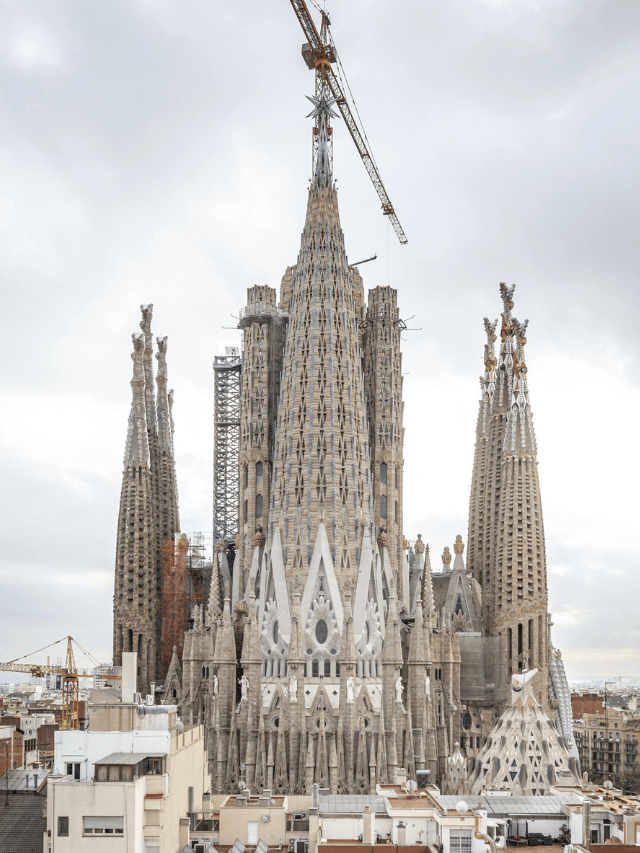

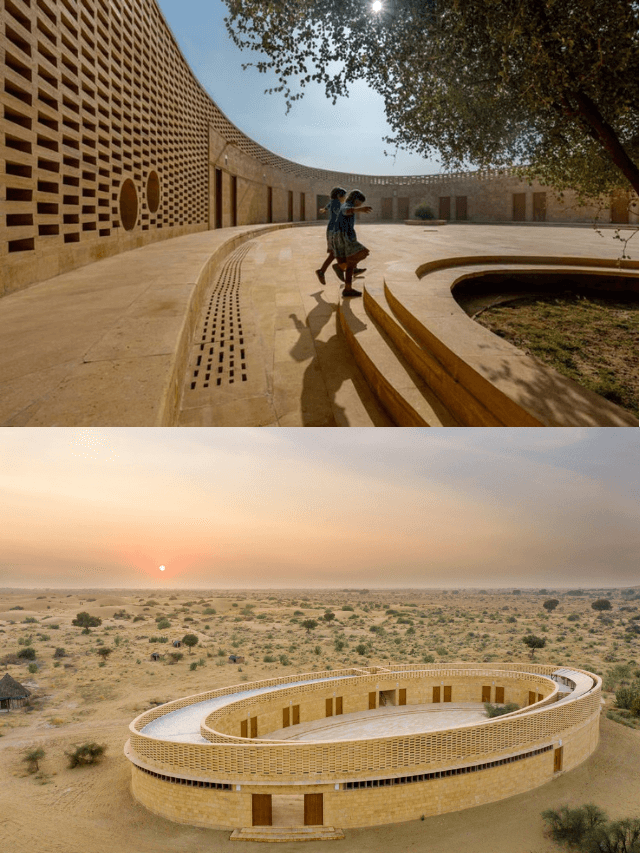


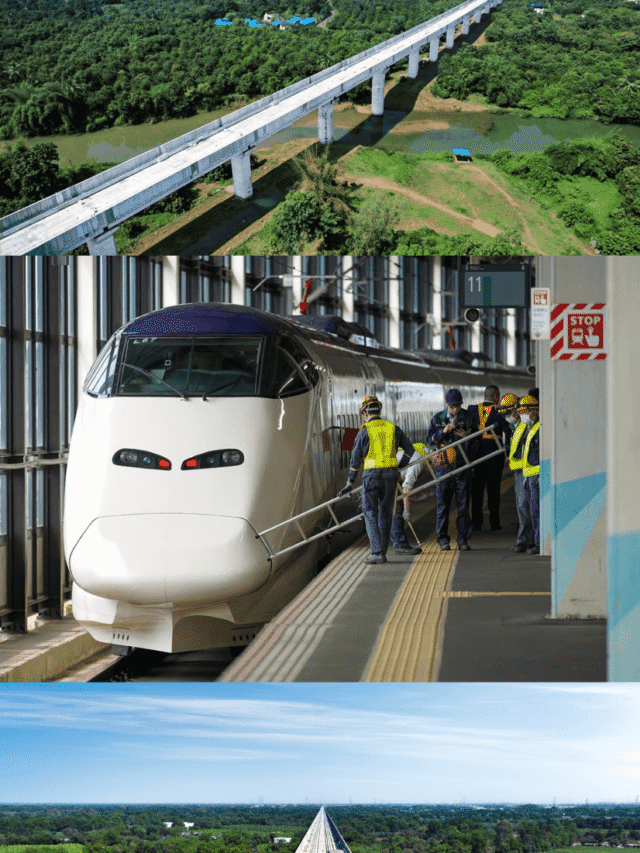

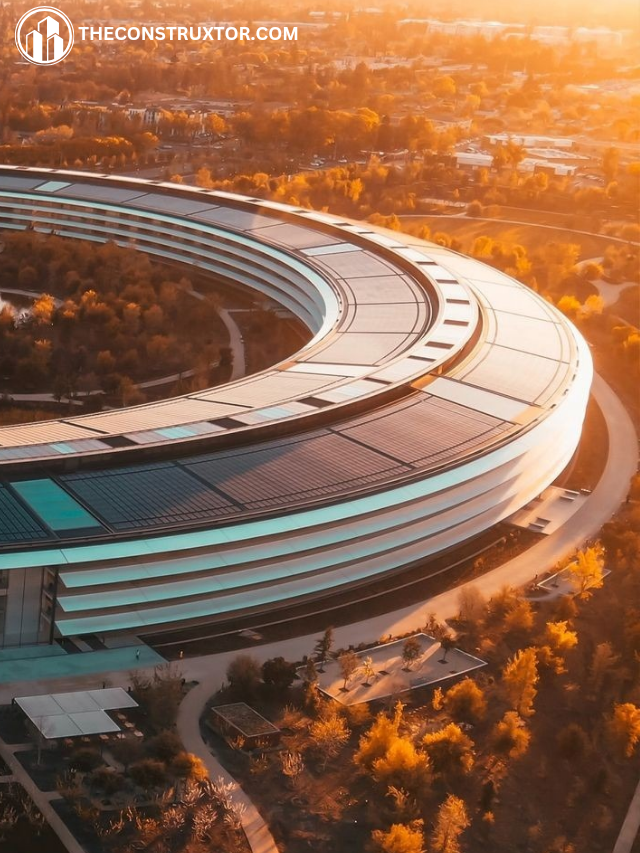


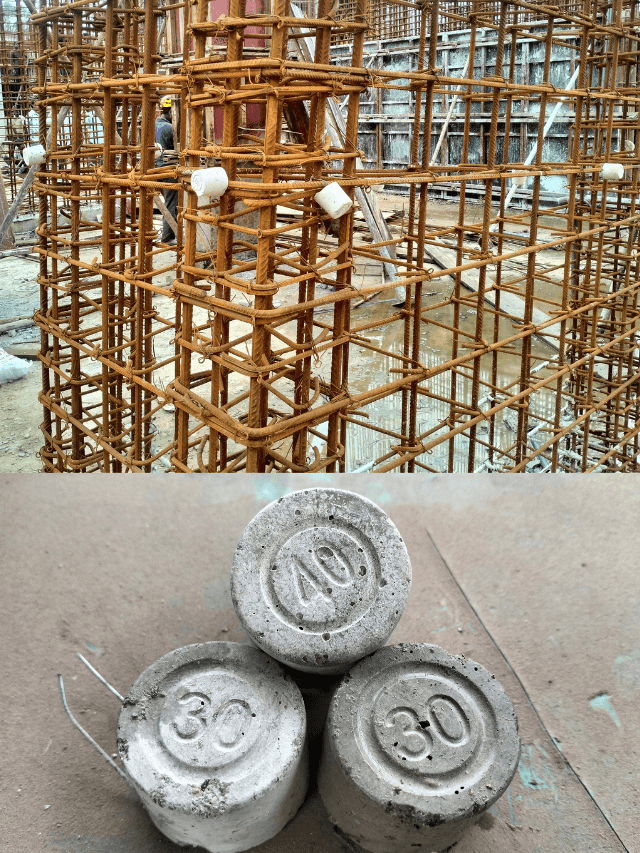
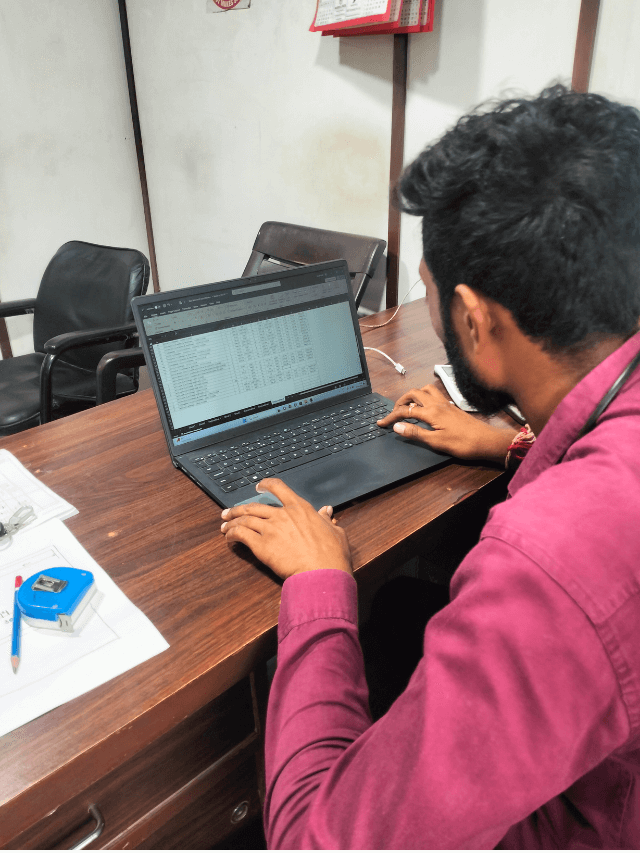

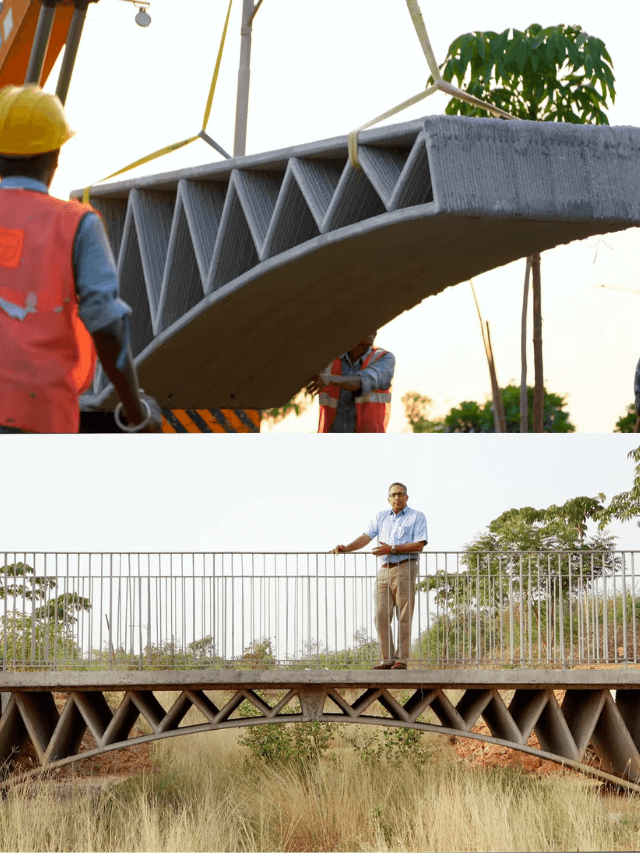
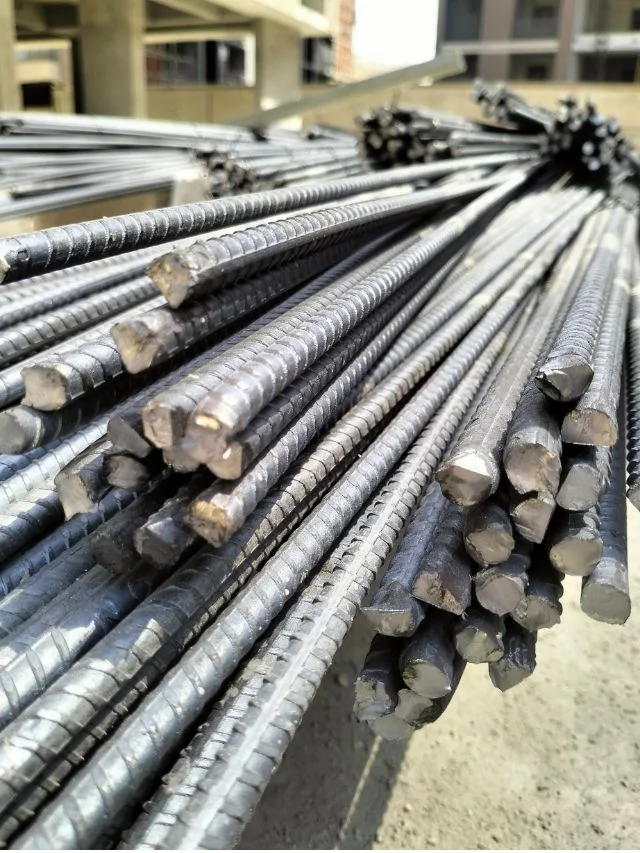
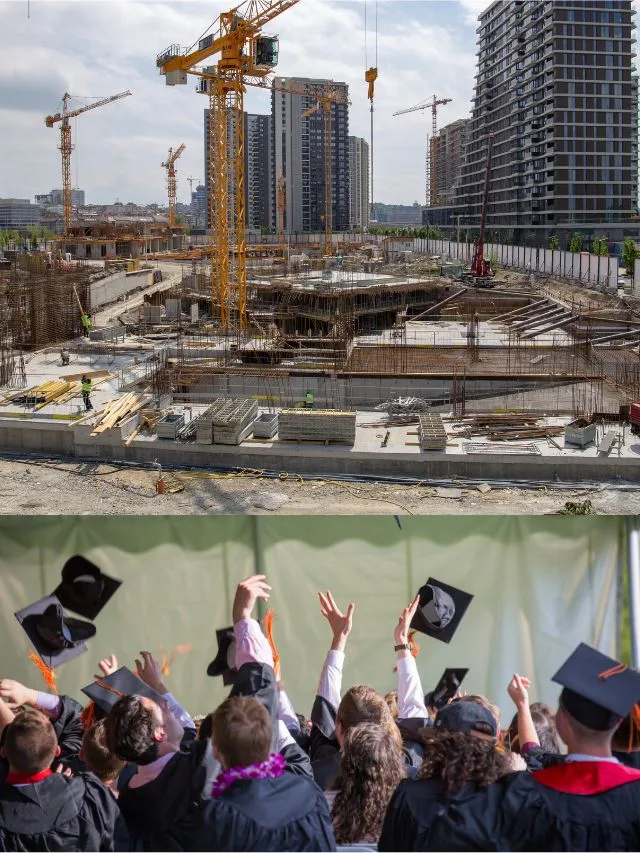



Can I simply say what a aid to find someone who truly knows what theyre talking about on the internet. You positively know easy methods to convey a difficulty to gentle and make it important. Extra individuals have to learn this and understand this aspect of the story. I cant consider youre no more in style since you definitely have the gift.